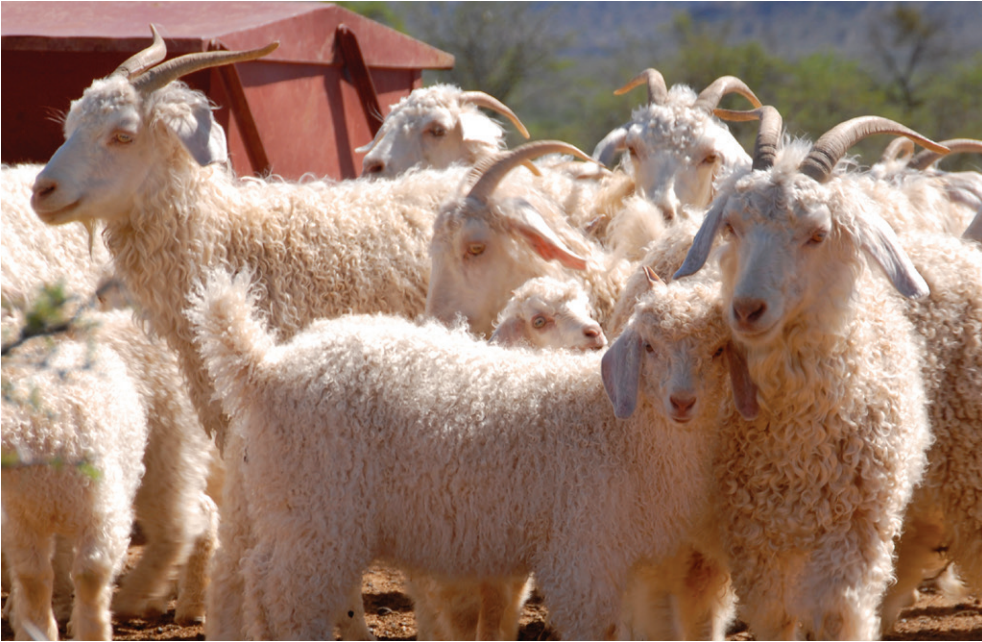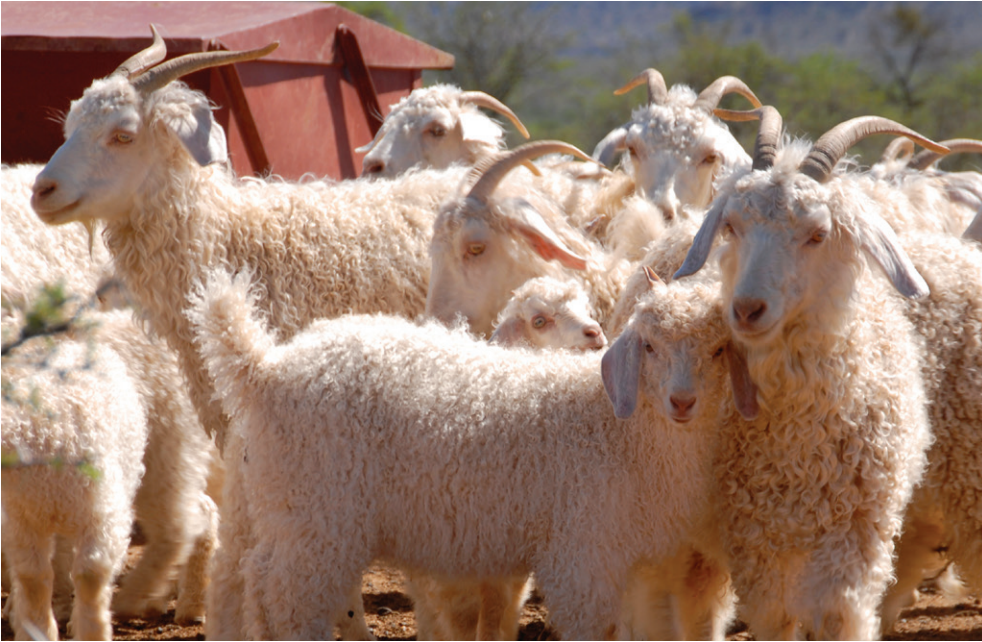

USDA “meat bank” has one of the world’s largest collections of animal genetics, and its drawn the attention of Smithsonian Magazine.
"Genetics” is a euphemism for animal semen and eggs, as well as blood and DNA. So far, the meat bank has collected 800,000 frozen samples from about 26,000 animals. The collection includes 36 species represented by 155 breeds of fish, shellfish, poultry and livestock.
The goal is to safeguard the traits of heritage livestock breeds to protect against disease and climatic changes. The Texas longhorn, for instance, is hardy in the face of long-term drought, but also critically endangered.
Daily requests for genetics from the collection are met with mailed straws of reproductive fluid.








